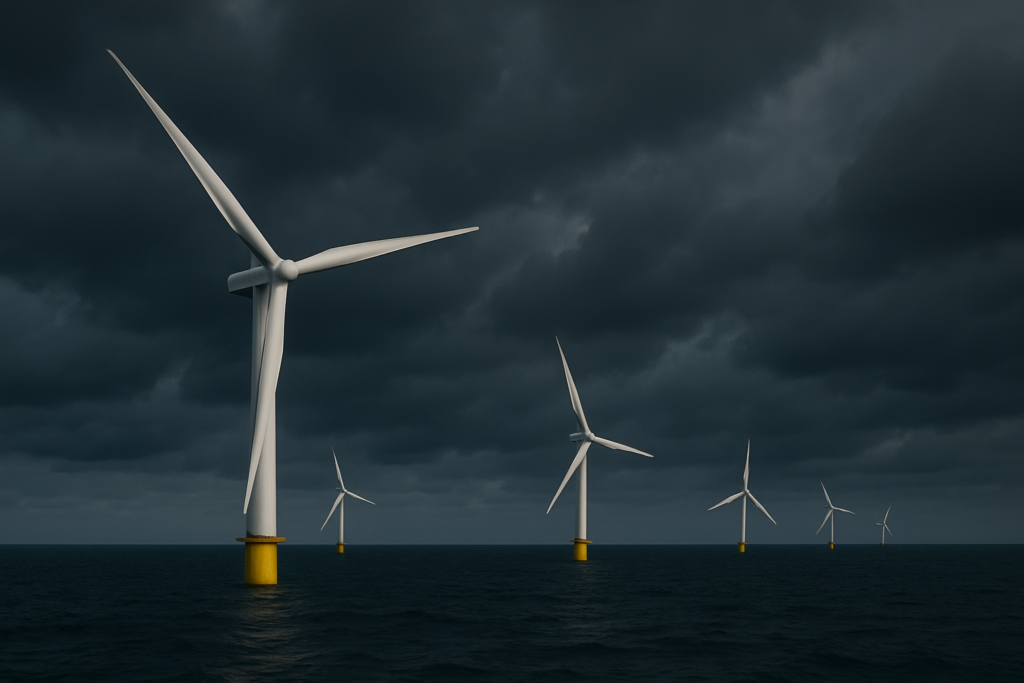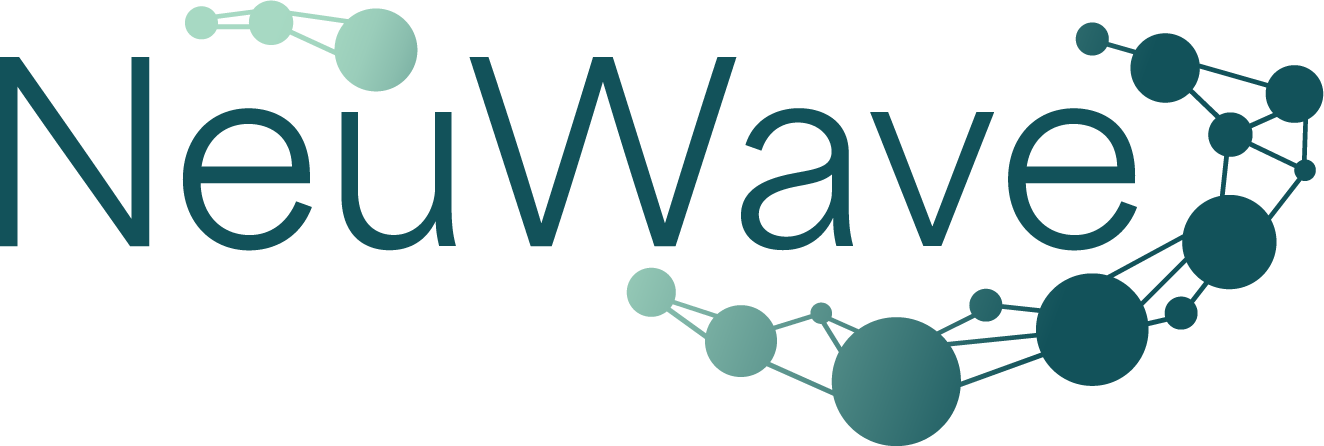In offshore wind farm development, better data equals better outcomes. Unfortunately, many developments are still beholden to outdated, incomplete, or siloed environmental information; and in 2025, competitive advantage lies in integrated environmental data.
But what does this actually mean?
The Offshore Wind Data Problem in 2025
Despite well-established risks to project success, large elements of offshore wind farm planning continue to rely on isolated, outdated, or low-quality datasets. These are high-value decisions – from site selection and design points, to vessel scheduling and risk profiling – based on low-resolution or legacy models.
With our industry research indicating that around 1 in 12 offshore days falsely predicted as unsafe to operate, this data gap has serious consequences for offshore operations. Overestimating wave heights causes unnecessary downtime; while underestimations risk damaging assets or incurring safety breaches.
Take ERA5, for example, which operates at a coarse 25-30km resolution and overlooks key nearshore effects like tidal currents, seabed interaction, and wave refraction. Research presented at the American Meteorological Society’s 2024 Annual Meeting indicates that ERA5 underpredicts wind speeds by 1-9% during the spring and summer months. This all costs offshore industries millions in avoidable delays and idle resources.
Worse still? These inefficiencies compound across the lifecycle of wind farm projects, affecting everything from insurance rates to energy grid integration timelines. But the offshore wind industry’s data challenge is no longer about a lack of information; it’s a lack of integration.

What does an integrated marine dataset look like?
Integrated marine datasets combine multiple sources of spatial and environmental data into a unified, actionable format. This typically includes bathymetry (via GEBCO, Digimap, etc.), metocean conditions (wind speed, wave height, tidal flow), climate reanalysis, and operational overlays like Crown Estate leasing zones in the UK.
At NeuWave, we layer and reprocess this data into a single model architecture – allowing for high-resolution simulations that reflect both large-scale weather conditions, and any potential nearshore interactions. True competitive advantage means moving beyond legacy tools and towards smart, unified platforms that transform data into informed, real-time decisions.
Offshore developers can’t afford to rely on fragmented environmental intelligence…
That’s where we come in. Replace the piles of PDFs, shapefiles, and siloed dashboards with spatially-aligned, time-referenced data that’s tailored to your site, timeframe, and specific use case, with cutting-edge NeuWave solutions.
How can integrated big data benefit offshore wind developments?
Big data sounds impressive enough, but the real revolution lies in its practical application. From initial siting selection, to strategy and operations, these are the real-world advantages of using integrated environmental intelligence in offshore wind farm development.
1. De-risking site selection with long-term pattern recognition
Most traditional environmental analysis tools offer only hindcast or real-time snapshots. But next-gen models, like those built by NeuWave, combine this data into a more thorough analysis of long-term site prospects (and therefore more reliable results!)
Pulling together both historical and real-time datasets can reveal interannual and even decades-long variability to local environmental conditions at your proposed site. Bathymetry, wave height and tidal flow, and historical storm data, are all critical factors when considering siting decisions for offshore wind farms. Robust, integrated site assessment tools should do it all.
In high-stakes leasing rounds, being able to prove the long-term viability of your offshore development is your best defence against over-optimistic timelines and sub-optimal operations.
2. Unlocking underutilised construction windows
Because of their reliance on low-resolution and fragmented data, legacy models regularly fail to truly capture localised environmental conditions, and this leads to inaccurate or conservative weather window estimates.
A 2024 study in Irish coastal waters showed that integrating high-resolution metocean data can significantly improve the accuracy of weather window assessments. Leveraging next-gen tools and powerful AI-models to combine more diverse, higher-quality datasets, helps identify underutilised or previously missed operations windows.
In short, this means more flexibility in construction activities and milestones, reduced operational bottlenecks, and the ability to potentially accelerate offshore development project timelines. Every operable day counts, and integrated marine datasets are able to unlock the potential that traditional models simply can’t see.
3. Proactive operations and maintenance strategies
Operations and Maintenance (O&M) costs account for a significant part of offshore wind farm expenditure, making up anywhere between 20 and 25% of the total lifecycle cost. And yet, many developers still rely on a reactive approach to maintenance (addressing faults only after they start to disrupt operations).
It’s a strategy that’s both expensive and increasingly outdated.
Applying big data analytics enables offshore developers to shift instead towards prescriptive, proactive maintenance, where historical and real-time data work side-by-side to inform smart, confident decision-making. With intelligent tools developers can now anticipate wear and failure, and schedule necessary repairs well before downtime actually starts.
By analysing long-term metocean data, turbine performance metrics, and environmental conditions, wind farm operators can forecast potential failures before they happen, and schedule maintenance activities accordingly.
This allows for effective optimisation of resource allocation. Maintenance crews and vessels can be scheduled during periods of better weather (enhancing safety and efficiency), and inventory management becomes automated, with more accurate predictions for component wear and replacement needs.
4. Accelerating EIA and regulatory readiness
Environmental Impact Assessments (EIAs) are unavoidable bottlenecks that eat into the resources of all offshore wind developments. It’s a necessary price to pay for protecting marine ecosystems, but developers often spend months sourcing and analysing various datasets from numerous providers – and that’s just to get the process started.
With net-zero targets in mind, the UK Government’s 2024 Nationally Significant Infrastructure Projects (NSIP) Action Plan emphasised the essential need for modernisation in infrastructure planning, and improved digital access to environmental data.
Any environmental intelligence platform worth its salt-water will do most of the groundwork here for you. Integrated site assessments bring together climate records, marine habitat impacts, seabed composition, and long-term weather trends into a single architecture. This helps to streamline the early stages of the EIA process, allowing developers to focus on impact analysis rather than spending months simply gathering reliable data.
5. Enhancing project bankability and insurance confidence
Banks and insurers are demanding increasingly detailed, transparent, and verifiable environmental datasets before supporting any large-scale offshore development projects. And why is that? Because historically, projects that have been backed by poor or patchy data have proven to be higher risk.
It’s also worth noting that newer renewable technologies, such as floating offshore wind, pose a generally higher risk in the eyes of financiers; and insurance terms and conditions are still evolving in this sector.
Higher risk: higher premiums, stricter loan conditions, and potential approval delays.
In 2025 securing finance for offshore wind requires more than just technical specs and subsidies. It’s about confident, reliable risk assurance from developers to stakeholders, and that means having the environmental intelligence to back it up.
More favourable data means lower risk calculations. By leveraging integrated environmental data platforms, developers can provide the transparency and detail that financiers and insurers seek.
It’s clear that for the industry to succeed, tomorrow’s wind farms can’t be built on guesswork. Success is built on precision, and confident decision making requires trust in the data that backs up.
As global demand rises and competition tightens, developers who invest in smart environmental infrastructure now will be the ones who deliver on time, under budget, and ahead of the curve. Integrated marine intelligence is the ultimate foundation for resilient planning and competitive success.
Ready to turn insights into impacts?
NeuWave’s integrated environmental intelligence platform delivers high-resolution marine data, automated reports, and robust predictive planning tools. Smart data, real-time planning, built specifically for offshore wind farm development precision.

